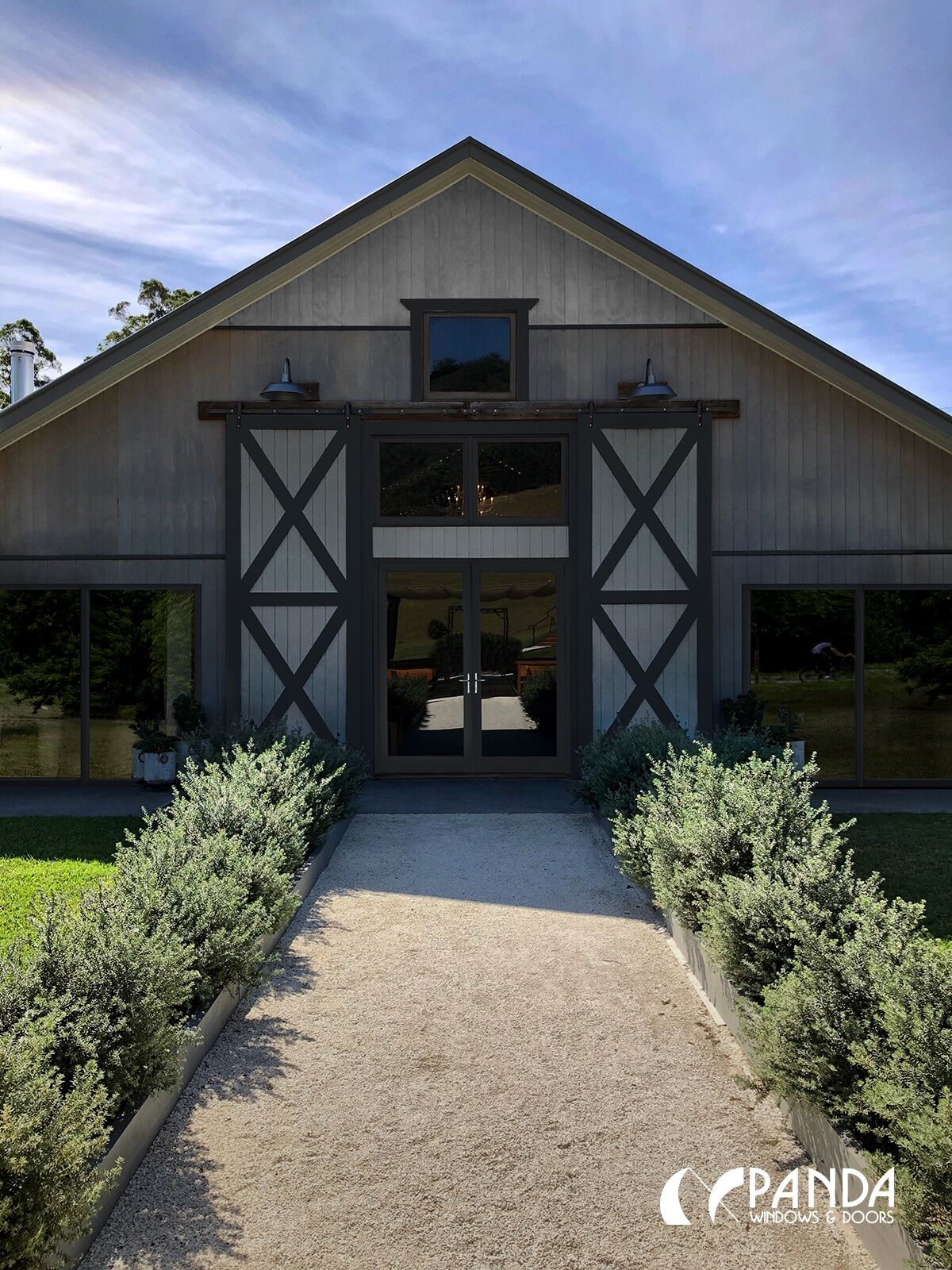If you’re considering building a barndominium, one of the questions you may have is whether or not they have load bearing walls. Barndominiums have become increasingly popular over the years because of their affordability and versatility, but it’s important to understand the structural aspects before diving in.
Load bearing walls are crucial for any building’s stability and safety. In this article, we’ll explore what load bearing walls are, whether or not barndominiums have them, and what that means for your construction plans. So, let’s get started!
Barndominiums do have load-bearing walls, just like traditional homes. The difference is that barndominiums typically use steel framing instead of wood, which can support heavier loads and provide greater stability. The load-bearing walls in a barndominium are typically located at the corners and along the center line of the structure, and they are designed to support the weight of the roof and any additional floors.

Do Barndominiums Have Load Bearing Walls?
Barndominiums, also known as barndos, are becoming increasingly popular across the United States. These unique structures combine the rustic charm of a barn with the modern amenities of a home. One of the most common questions people have when considering the construction of a barndominium is whether or not they have load-bearing walls. In this article, we will answer this question and provide you with all the information you need to know about barndominiums.
What are Load Bearing Walls?
Load-bearing walls are walls that support the weight of a building. They are responsible for transferring the load of the building to the foundation. Load-bearing walls are typically made of concrete, brick, or stone, and are located in specific areas of a building to provide maximum support.
In traditional construction, all exterior walls are load-bearing. This means they cannot be removed without compromising the structural integrity of the building. However, with modern construction techniques, it is possible to create open floor plans without sacrificing the stability of the structure.
Are Barndominiums Built with Load Bearing Walls?
Barndominiums are typically constructed with a steel frame and metal siding, which means they do not have load-bearing walls in the traditional sense. Instead, the steel frame provides the structural support needed to keep the building standing.
This does not mean that barndominiums are not structurally sound. In fact, steel-framed buildings are often stronger and more durable than traditional wood-framed buildings. Additionally, the lack of load-bearing walls allows for more flexibility in the layout of the building.
The Benefits of Barndominiums Without Load Bearing Walls
There are several benefits to constructing a barndominium without load-bearing walls. These include:
- Flexibility in design: Without load-bearing walls, barndominiums can be designed with open floor plans and customized to meet the specific needs of the homeowner.
- Cost-effective construction: Steel frames are typically less expensive than traditional wood-framed construction, which can save homeowners money on construction costs.
- Durability: Steel-framed buildings are stronger and more durable than traditional wood-framed buildings, which means they can withstand harsh weather and other environmental factors.
Barndominiums vs. Traditional Homes
There are several differences between barndominiums and traditional homes. One of the most significant differences is the construction method. Traditional homes are typically constructed with wood framing and load-bearing walls, while barndominiums are constructed with a steel frame and metal siding.
Other differences between barndominiums and traditional homes include:
- Cost: Barndominiums are often less expensive to build than traditional homes.
- Energy efficiency: Barndominiums are often more energy-efficient than traditional homes, due to their metal siding and insulation.
- Customization: Barndominiums can be customized to meet the specific needs of the homeowner, while traditional homes are often more limited in terms of design.
Conclusion
In conclusion, barndominiums do not have load-bearing walls in the traditional sense. Instead, they rely on a steel frame for structural support. This construction method offers several benefits, including flexibility in design, cost-effective construction, and durability. If you are considering building a barndominium, be sure to work with a reputable builder who has experience in constructing these unique structures.
Frequently Asked Questions
What are Barndominiums?
Barndominiums are a type of home that combines a traditional barn with a living space. They are typically made of metal or wood and can be customized to fit various styles and sizes. Barndominiums are becoming increasingly popular as an affordable and unique alternative to traditional homes.
How are Barndominiums constructed?
Barndominiums are constructed using a post-frame building system that involves placing large vertical posts into the ground to act as the foundation for the building. The posts are then connected by horizontal girts and bracing to create the framework of the structure. The exterior of the building can be made of metal, wood, or other materials, while the interior can be customized to fit the owner’s preferences.
What are load-bearing walls?
Load-bearing walls are walls that support the weight of the structure above them, such as the roof and upper floors. These walls are essential to the structural integrity of a building and must be designed to withstand the weight and forces placed upon them. Load-bearing walls can be made of various materials, including wood, concrete, and steel.
In contrast, non-load-bearing walls are walls that do not support any weight and are used primarily for dividing interior spaces. These walls can be removed or relocated without affecting the structural integrity of the building.
Do Barndominiums have load-bearing walls?
Yes, Barndominiums have load-bearing walls. These walls are necessary to support the weight of the roof and upper floors, as well as any additional weight from interior finishes and furnishings. The location and number of load-bearing walls will vary depending on the size and design of the Barndominium.
It is important to work with a qualified builder or engineer to ensure that the load-bearing walls in a Barndominium are properly designed and constructed to meet local building codes and safety standards.
Can load-bearing walls be removed in a Barndominium?
Load-bearing walls should not be removed in a Barndominium without first consulting with a qualified builder or engineer. Removing a load-bearing wall can compromise the structural integrity of the building and lead to serious safety issues. If you are planning to make changes to the interior of your Barndominium, it is important to work with a professional to ensure that any modifications are safe and compliant with local building codes.
In conclusion, barndominiums can have load-bearing walls, but it ultimately depends on the design and construction of the individual building. It is important to consult with a professional builder or engineer to determine the best structural plan for your barndominium.
Despite the potential for load-bearing walls, barndominiums have become increasingly popular due to their versatility and unique aesthetic. They offer a customizable and cost-effective alternative to traditional homes, while still providing ample living space and storage solutions.
Overall, whether you choose to incorporate load-bearing walls into your barndominium or not, the possibilities for design and functionality are endless. With the right planning and construction, a barndominium can be a beautiful and functional home for you and your family.
